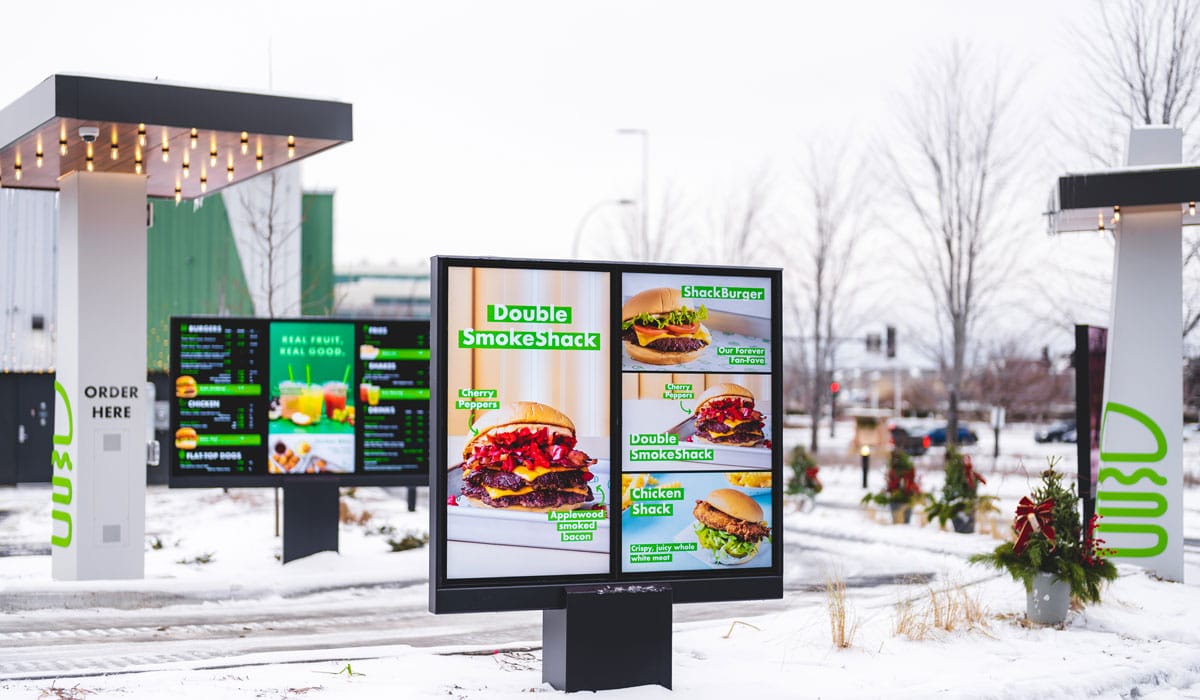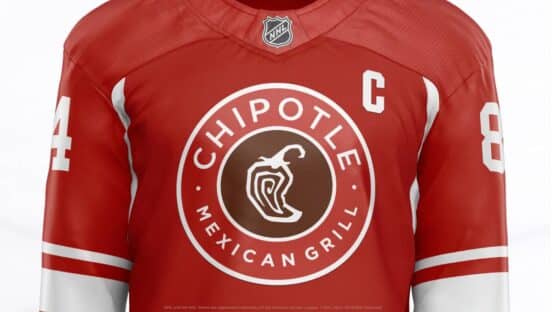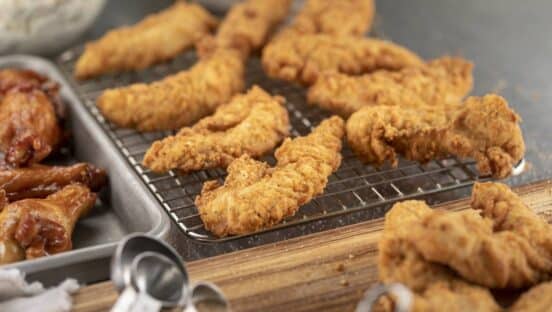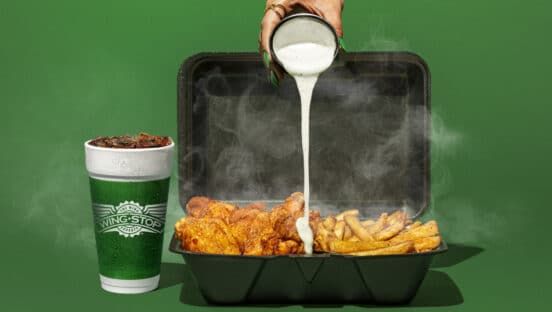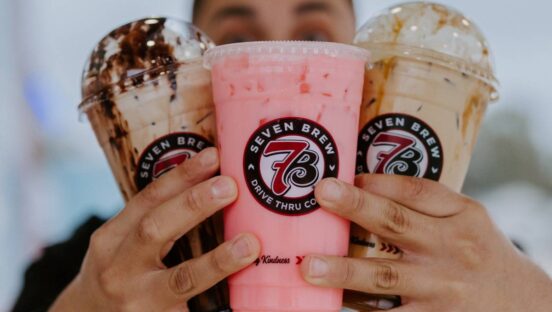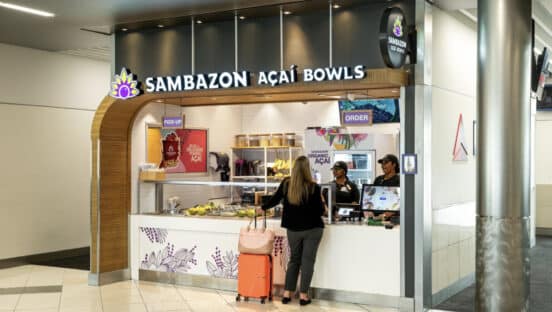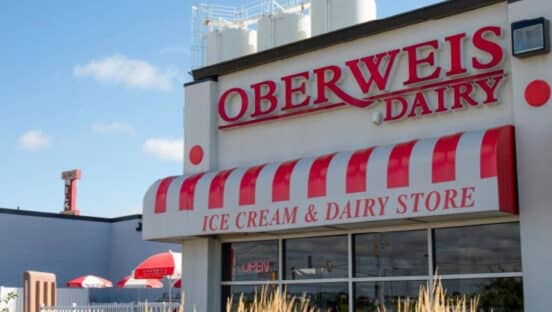In recent months, a number of quick-service chains re-evaluated their whitespace and came back with more ambitious development benchmarks.
Chipotle believes it can operate 7,000 stores in North America, up from 6,000. Wingstop projects 7,000 restaurants globally. Potbelly is shooting for 2,000 stores and Sweetgreen is eyeing 1,000 locations.
In its 2015 IPO, Shake Shack’s goal was 450 domestic restaurants, and that target has remained the same in the years since. But seven years ago, there were no drive-thru stores in the footprint. Now there are five in operation, and another five are expected to open by the end of the year.
The brand ended Q1 with 252 U.S. outlets (225 company-operated and 27 licensed), meaning the fast casual has achieved 56 percent of its long-term goal. Globally, Shake Shack had 386 locations by the end of April.
READ MORE: Take a Tour of Shake Shack’s First Drive-Thru
CEO Randy Garutti isn’t ready to increase projections, however. To him, development goals require conversations market by market—both art and science—a lot of deep diving into data, learning from results, getting past the craziness of COVID, returning to a normal run rate, and understanding what each of Shake Shack’s formats can deliver.
“When we were in Orlando last week, it was a perfect market example of, we have a couple of tourist Shacks,” Garutti said during the brand’s Q1 earnings call. “You have a couple of traditional mall Shacks. We’ve got a food court. That’s a really strong restaurant for us, and we’ve got to drive-thru. And then we have kind of a neighborhood core type of Shack, right? So you’ve got everything in one market in the six Shacks. That’s a perfect way that we’re looking at our growth. So what do we need to see? We want to see continued strong returns.”
Shake Shack is early into its drive-thru history, and Garutti acknowledged there’s much to learn, but he views this format as a “major piece of our growth strategy ahead.” He knows drive-thru restaurants are costlier and take longer to build, but they should also come with higher AUV, strong margins, and healthy returns.
The fast casual isn’t waiting to see what happens with the first 10 drive-thru restaurants before committing to more. The only question is how quickly, and Garutti doesn’t have that answer quite yet.
“Ultimately, the thing we’re really after is increasing the potential addressable market for Shake Shack. And we believe drive-thrus can give us a new look at the way we can think about sites, think about sales capture, and really our ability to capture as much share in a market of the burgers that are available to sell there,” Garutti said.
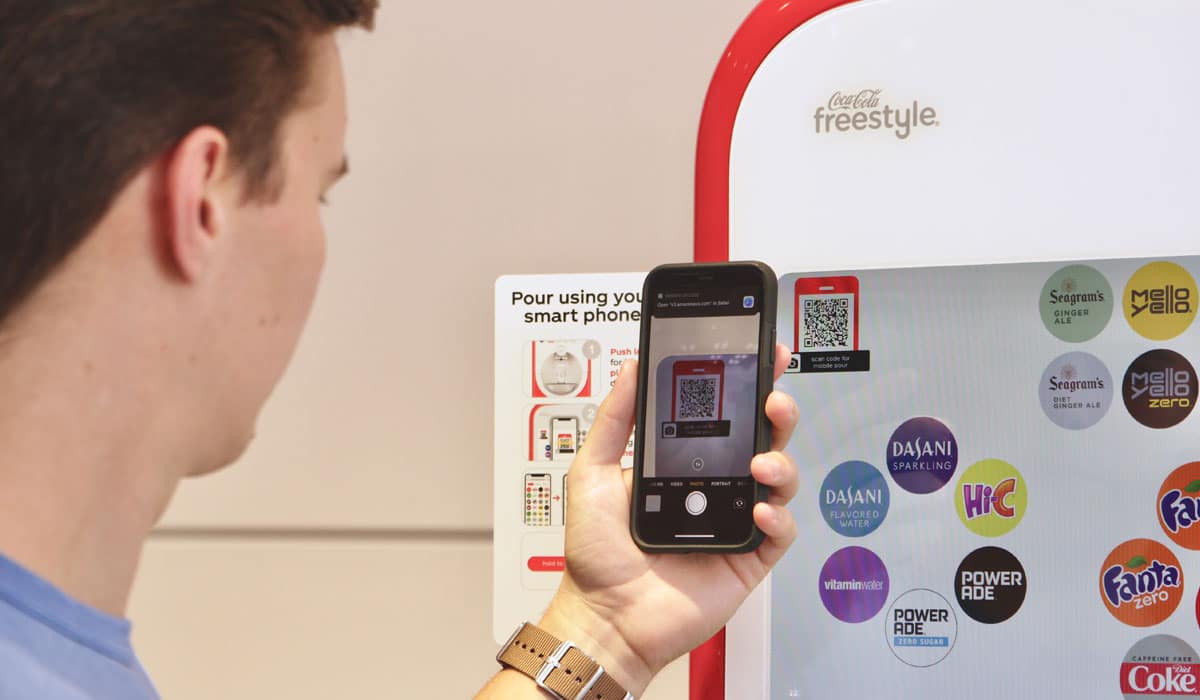
In terms of systemwide performance, the story remains the same—urban environments, especially Manhattan, continue to be disproportionately impacted by COVID, but are showcasing improvement. Same-store sales rose 19 percent year-over-year.
Markets such as New York City, Las Vegas, and Washington, D.C. faced struggles in January and February due to Omicron, but saw lifts in March and April. All dayparts were positive in Q1, led by weekday lunch, but urban units still face challenges with lower office occupancy, travel, tourism, commuting, and entertainment traffic compared to pre-COVID.
Suburban stores lifted 4 percent in the first quarter, lapping 20 percent growth in the prior year. Although these outlets were more affected by reduced hours and closures than urban locations, traffic was positive. Omicron and weather resulted in more than 160 days of shutdowns, 87 of which were in January.
It’s also important to note same-store sales benefited from higher pricing. Shake Shack’s menu inflated 3.5 percent in March, and third-party delivery premium rose to 15 percent, up from 10 percent. Right now, the brand’s menu items cost 6-7 percent more year-over-year.
Overall same-store sales increased 10.3 percent in Q1, including an 11.6 percent lift in traffic. April’s comps rose 13 percent versus 2021, including traffic increases in urban and suburban markets.
Here how urban and suburban same-store sales have trended:
Q1 2021
- Suburban: 20 percent
- Urban: –7 percent
- Total: 6 percent
Q2 2021
- Suburban: 52 percent
- Urban: 54 percent
- Total: 53 percent
Q3 2021
- Suburban: 17 percent
- Urban: 34 percent
- Total: 25 percent
Q4 2021
- Suburban: 12 percent
- Urban: 33 percent
- Total: 21 percent
Q1 2022
- Suburban: 4 percent
- Urban: 19 percent
- Total: 10 percent
“I’ve used the language for a while here, and I still feel this way, when I look at every Shack every day, where we’re up it makes sense. Where we’re down, it makes sense,” Garutti said.
“If you’re going to compare us to peers, any peer you’re going to compare us to, has multiples of thousands more restaurants than ours across a much wider geographic dispersion than we have,” he added. “And that’s just a part of our story today with just over 200 Shacks in this country that we’re talking about right now needing to be balanced out with roughly half of those still being urban environments. So we still got some recovery to go, but the trajectory is definitely in the right direction.”
After average weekly sales per restaurant fell to $63,000 in January, but figures improved to $67,000, $74,000, and $76,000 in February, March, and April, respectively. Digital accounted for 43 percent of sales in Q1, down slightly from 42 percent in Q3 and Q4. The channel, which comes with a 25 percent higher average check, saw more than 60 percent growth year-over-year in the number of customers making a first-time purchase on the web and app.
Shake Shack opened seven U.S. company-operated restaurants in Q1. For the year, 40-45 are expected to open, which is down from previous guidance of 45-50. A handful of locations were pushed to 2023 because of delays with supply chain, permitting, and construction. Building costs are projected to be 10-15 percent higher because of inflation and the inherently expensive drive-thru units.
Six licensed stores opened in the quarter, including a strong start in Nanjing, China. The goal is to open 23-27 licensed outlets in 2022. Shake Shack recently announced plans to open 15 units in Thailand over the next decade, after revealing earlier in the year an agreement to bring 10 restaurants to Malaysia by 2031.
“As we look toward growth in our license business, we see this as a massive whitespace opportunity,” Garutti said. “Our brand resonates around the world, and we’re taking this time to expand partnerships and open up new markets.”
Shake Shack earned total revenue of $203.4 million, up 31 percent versus 2021. Store-level operating profit was $29.9 million, or a margin of 15.2 percent.

